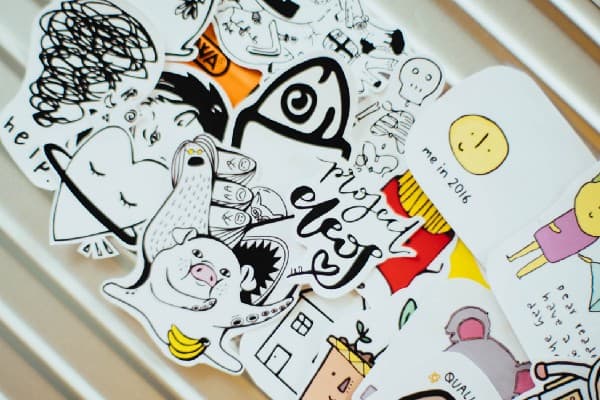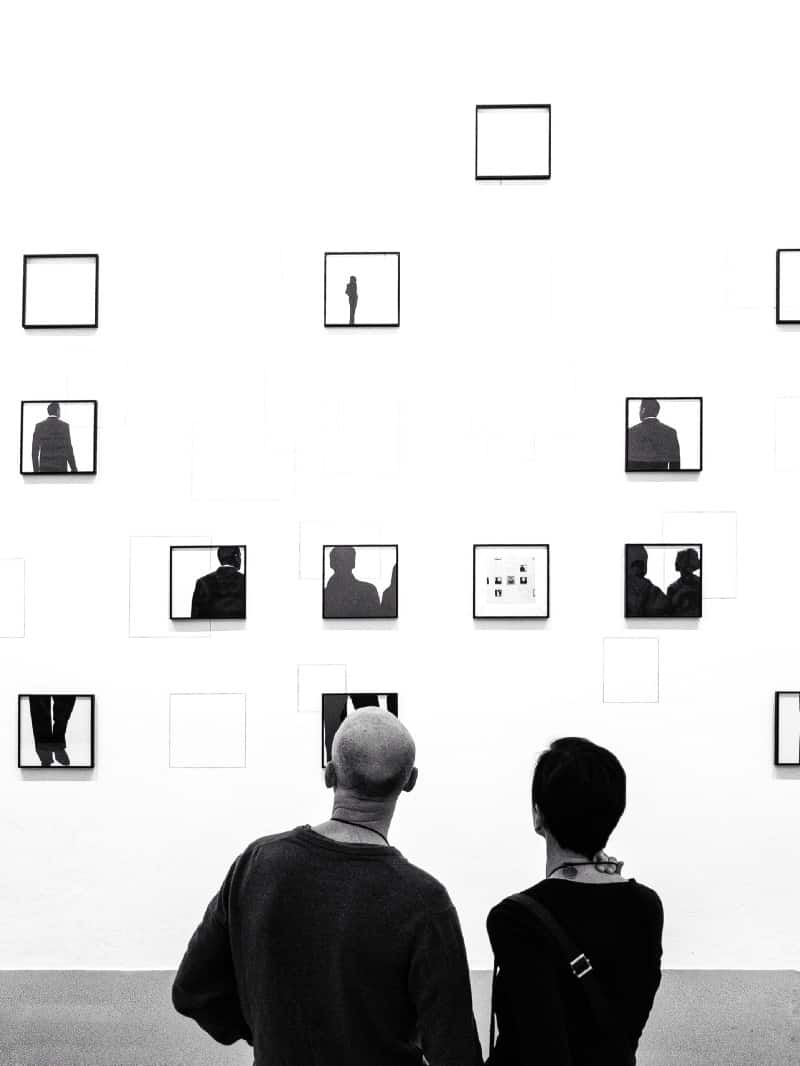A mindset for creative problem-solving
Are you willing to be wrong? I believe it’s a critical professional (and personal) trait to be ok with being wrong every once in a while. This willingness to take leaps is deeply related to curiosity, which is also an essential trait for success. One way I recommend to get over your fear of being wrong is to “draw like a 5-year old.”

One way to get over your fear of being wrong is to ‘draw like a 5-year old.’
As a facilitator of Design Sprints and innovation workshops, drawing is part of just about every session I run. And, typically, there is at least one person in every workshop that complains that they can’t draw. Sometimes they even attempt to get excused from the activity. While I explain that the goal is quantity over quality, I see people struggle with uncertainty and discomfort with tasks that are outside their typical job function.
What makes us lose the exuberance and bravery of the 5-year-old artist that we all once were?


After thinking about this phenomenon recently, I began wondering — what makes us lose the exuberance and bravery of the 5-year-old artist that we all once were?
I’m sure you can remember proudly displaying your crayon masterpieces from Kindergarten without seeking approval or validation. Most children love drawing and do it with abandon and lack of self-consciousness. If we all start this way, what makes us lose our confidence with drawing?
For people working in design and innovation (and just about any industry), the mindset that drawing represents is crucial. How do we foster the open-mindedness and freedom that we need to tackle the big challenges? One answer is tapping into our inner five-year-old.
Here are my thoughts on a few ways to reclaim your inner 5-year-old artist:

Get vulnerable
Start by committing to being more vulnerable in your work. Researcher Brene Brown has referred to vulnerability as “the birthplace of connection and the path to the feeling of worthiness.” She’s also pointed out that “vulnerability is about showing up and being seen. It’s tough to do that when we’re terrified about what people might see or think.”
Question your assumptions and find ways to disprove everything you know. At work, ask colleagues to play devil’s advocate when looking at a proposal or pitch you wrote. If you are the type of person who typically holds onto work until it’s “perfect”, look for ways to share early drafts with friends and colleagues for feedback.

Acknowledge the “Spotlight Effect”
The next time you’re nervous to try something different, remember the Spotlight Effect, which is the “phenomenon in which people tend to believe they are being noticed more than they really are.” Researchers have found that “people [often significantly] overestimate the extent to which their actions and appearance are noted by others.”
So, if you are worried that your poor drawing (or anything!) could lead to your colleagues thinking less of you, you can let that go. Mostly, these fears are unfounded. People aren’t really watching. In other words, pick up that Sharpie and draw!

Flood your social media with inspiration
Another thing that can help tap into your inner artist is to surround yourself with more beauty and creativity on a daily basis. Try searching for new artists on your favorite social media platforms and follow them. Or, pick a few hashtags that represent your interests (#photography #streetart #interiordesign #graphicdesign #yougetit) and follow those too.

“I’m not as excited about technical ability as much as I am about drawings which I can develop an emotional connection with. To me, a “good drawing” is more than a pretty picture. It is visual thinking.” — Saskia Keultjes
Think of drawing as “graphic recording”
One way to get more comfortable drawing is to do more doodling in your work meetings. Take inspiration from the growing trend of graphic recording, which is the “real-time translation of conversations or presentations into text and pictures.” Learn some basic shapes and objects, and maybe a drawing trick or two (3D cube, anyone?). Use these to capture your thoughts and notes during your next meeting or phone call. This article is a great beginner’s guide to drawing.)
Think of it as another way to process and understand your work, rather than a creative act that carries a ton of weight or pressure. Whatever you do, loosen up, don’t overthink it, and get back into the practice of drawing without self-consciousness.
Thanks for reading. I hope the next time someone asks you to draw during a work meeting or activity, you can approach it with the fun, openness, and freedom of a kindergartener.




